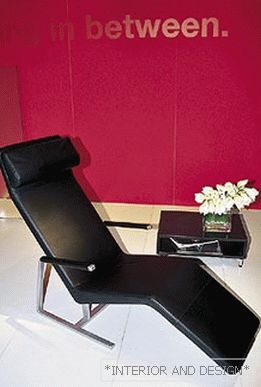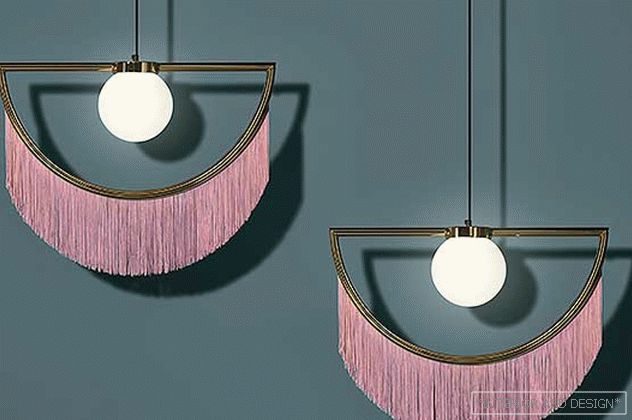Lacing in furniture design
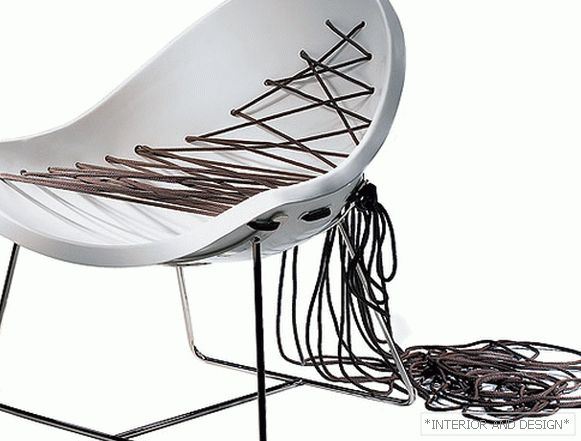
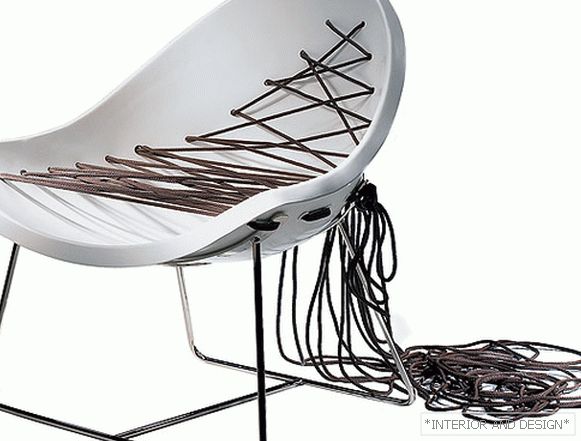
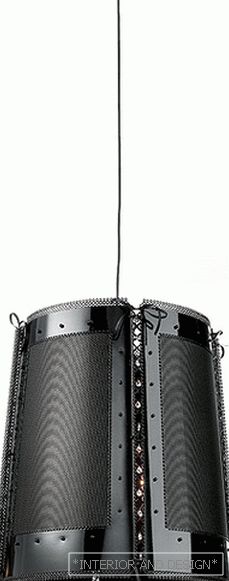
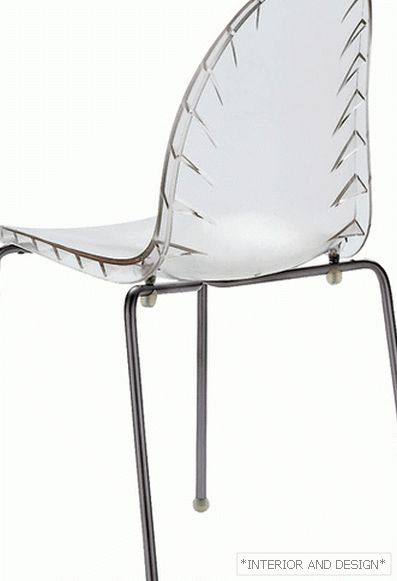
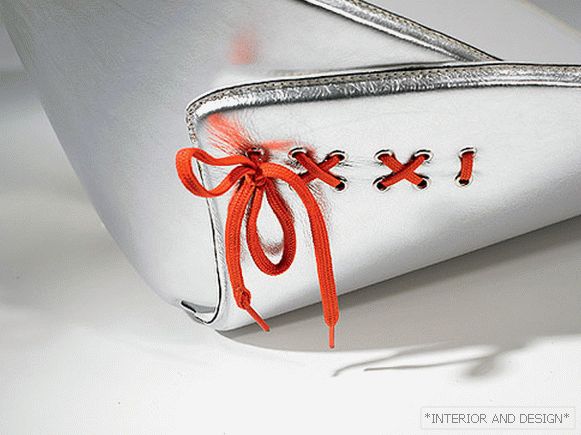

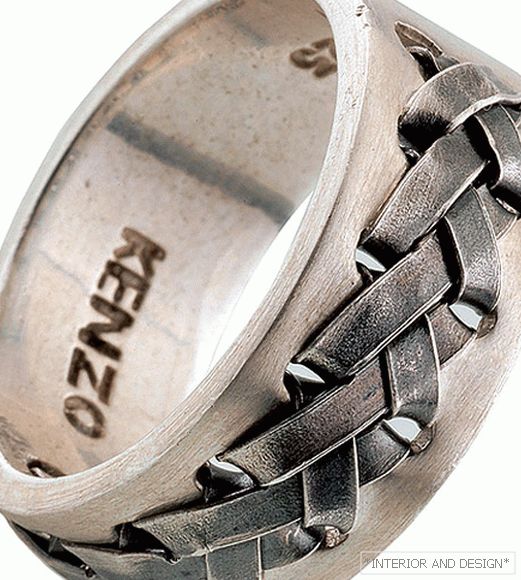
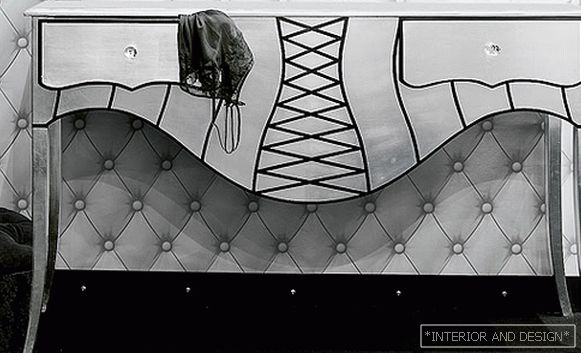
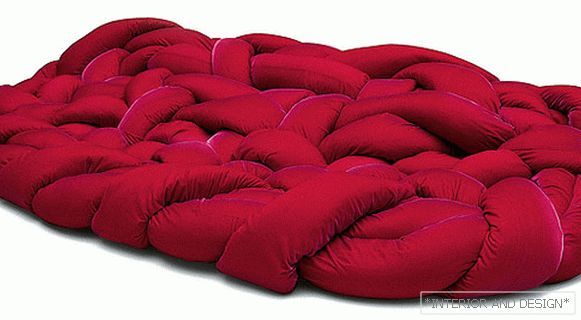
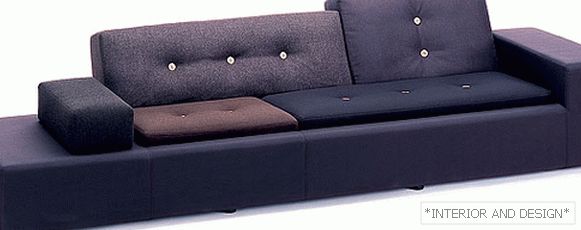
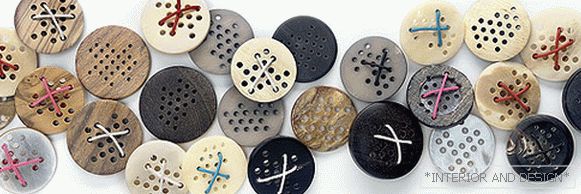
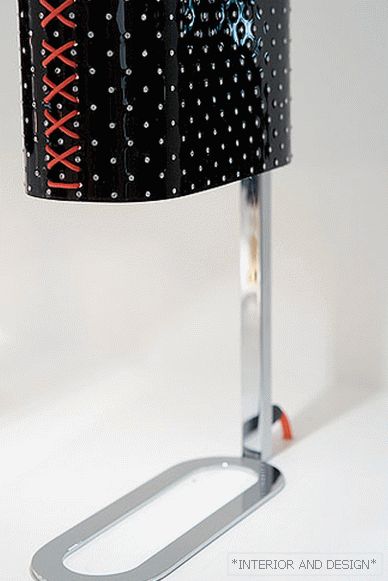
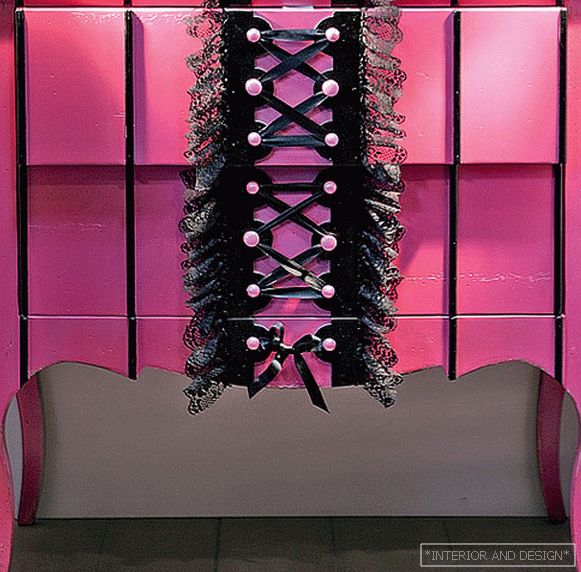
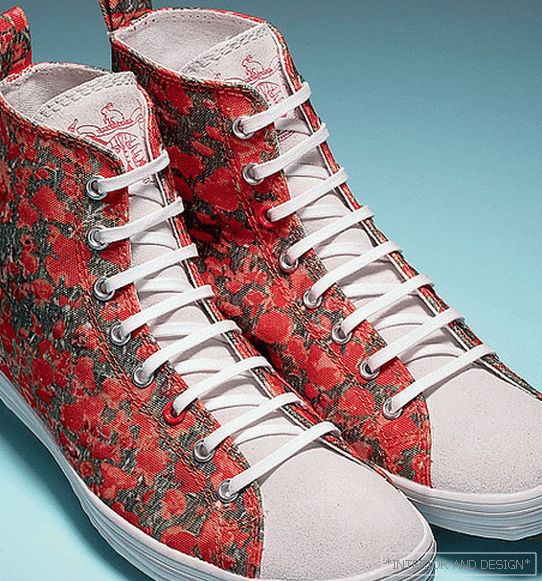 Passing the gallery
Passing the gallery Leading headings: Karina Chumakova
Magazine: N6 (128) 2008
Fashionable now lacing causes a variety of associations: some see in it an attribute of boudoir aesthetics, others - an element of punk outrageous. To some, she seems provocative and frank, and to someone - handicraft and homely. In any case, it is worth looking at it as an element of decoration that can revive and refresh even the most serious thing.
Figuratively speaking, the lacing is the "fullness". Along with wooden buttons, it was a versatile type of fastener, no less functional than modern zippers and velcro. Moreover, parts of clothing that are now inseparable from the whole in our consciousness (for example, sleeves or the hem of a dress) were also tied together and existed as if on a living thread, which facilitated fitting, washing and repair.
Now, both in clothes and furniture, lacing is an element rather decorative than functional. Contrast or in tone, it accentuates the cut of things, whether it is a corset bodice dress or lamp shade. Real or fake, made of thick cord or satin ribbons, it exposes the structure of the object, weightlessly connecting parts of the whole and as if hinting that this story can be continued.

